If you’ve been following this blog you’d know that I drink tea only once a day. Once, of course, is a bit of a misnomer, as it involves multiple infusions and can go on for a while. I’ve been trying to reduce my caffeine intake a little these days by not using as much leaves as I have been in the recent past. It’s always a dangerous thing to start adding more leaves to your tea — there’s a tendency that I’ve observed among teaheads that the amount of leaves used/water tilts towards leaves, rather than water. I think this is biologically rooted — more caffeine.
I have been “rediscovering” some of my usual teas this way. I am particularly fond of an aged siji oolong of mine, which actually brews better with less leaves (but not too little — when it becomes bland) than too much. If the pot is stuff too full with leaves, the tea gets a bit bitter and sour, whereas with just the right amount it is fragrant, sweet, and fresh (in an aged way, of course). I almost forgot why I loved the tea so much that I am now sitting on a few kg of it. The same can sometimes be said of some younger puerh as well, which tend to be more fragrant and less punchy when brewed lightly. Then there are other things that require sufficient amounts of leaves to really shine — a yancha, for example. It’s a fine balance, and finding that right balance is part of the fun.
Now, of course, if only lowered dosage of caffeine won’t lead to caffeine headaches, but that’s a different problem entirely.

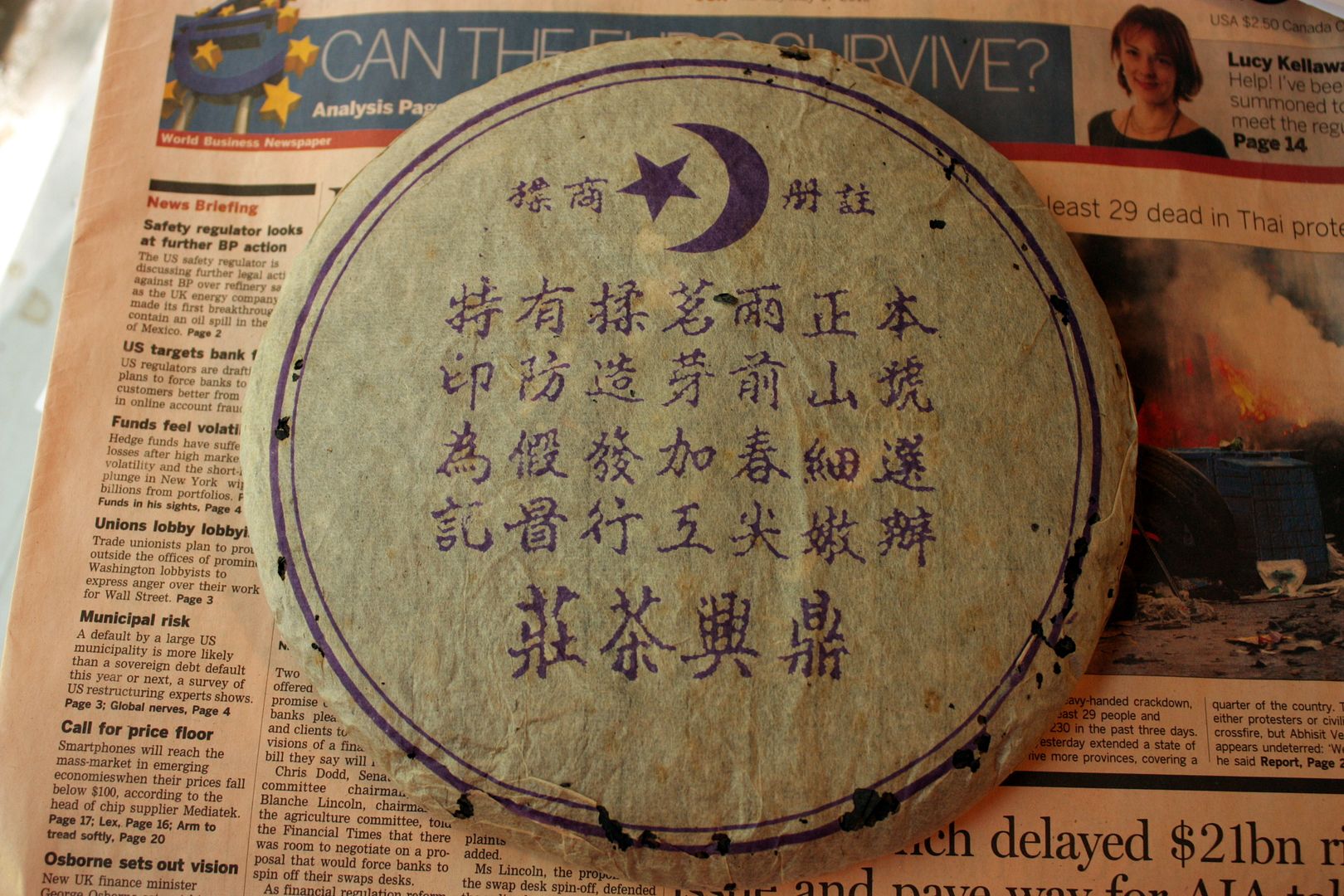

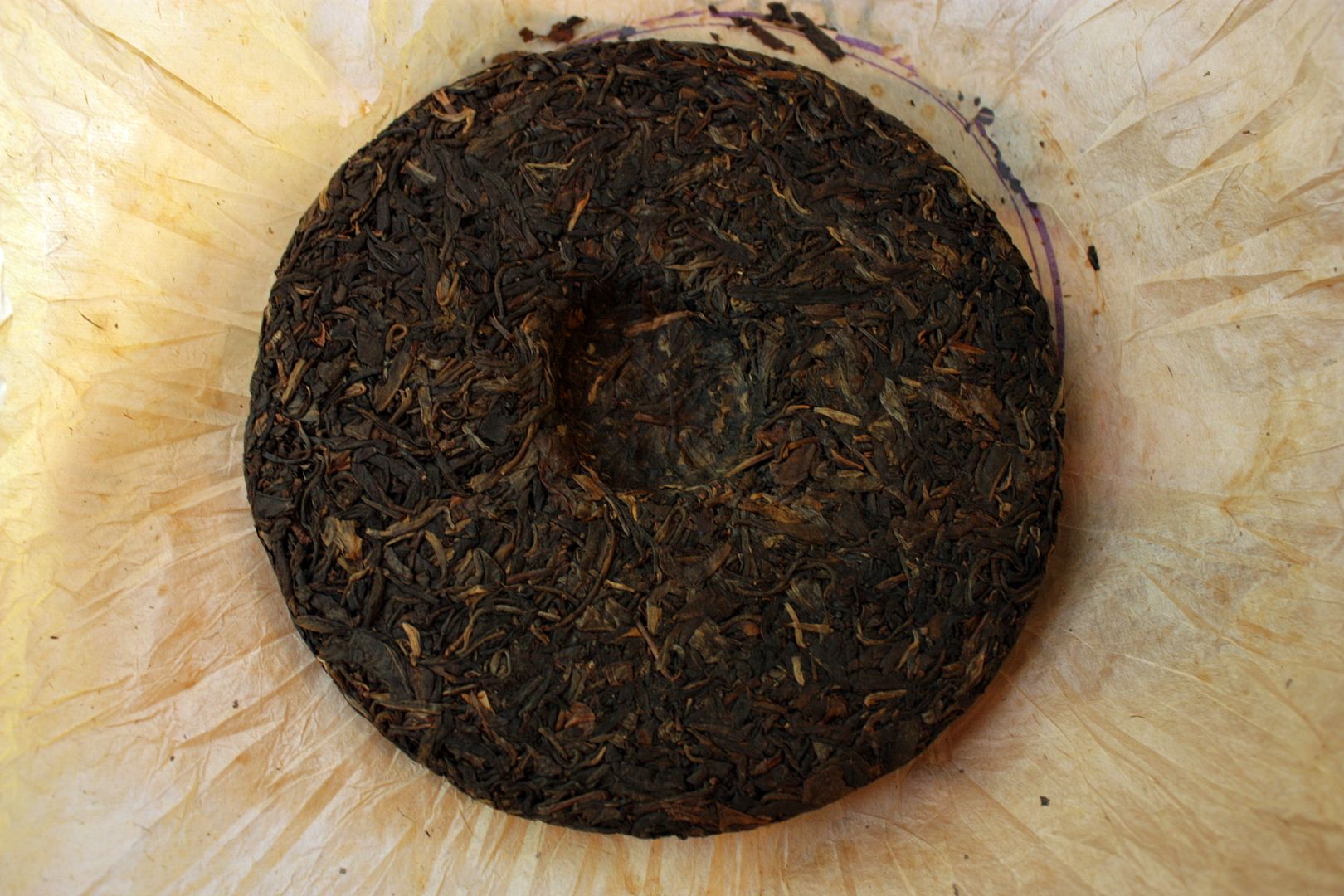







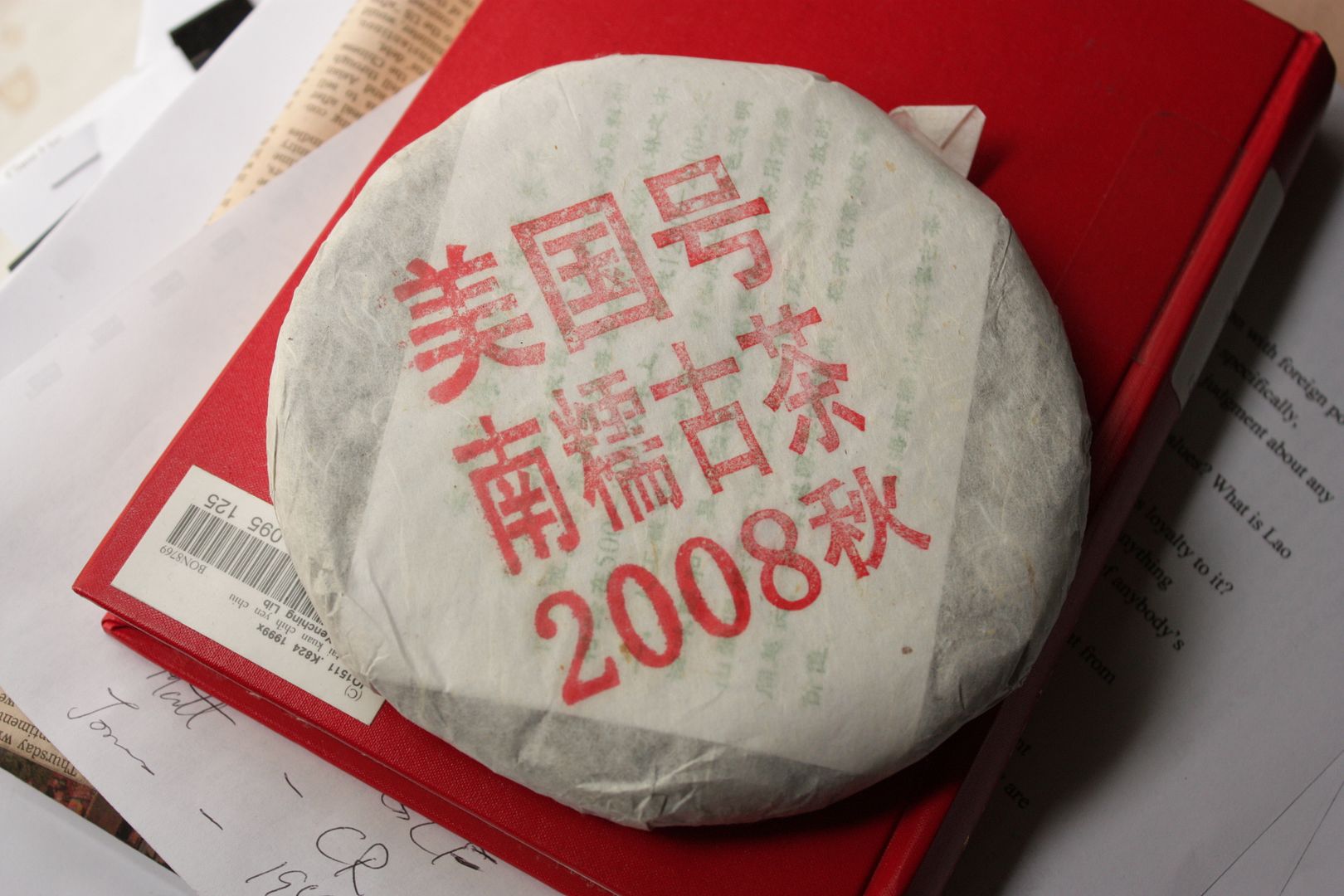
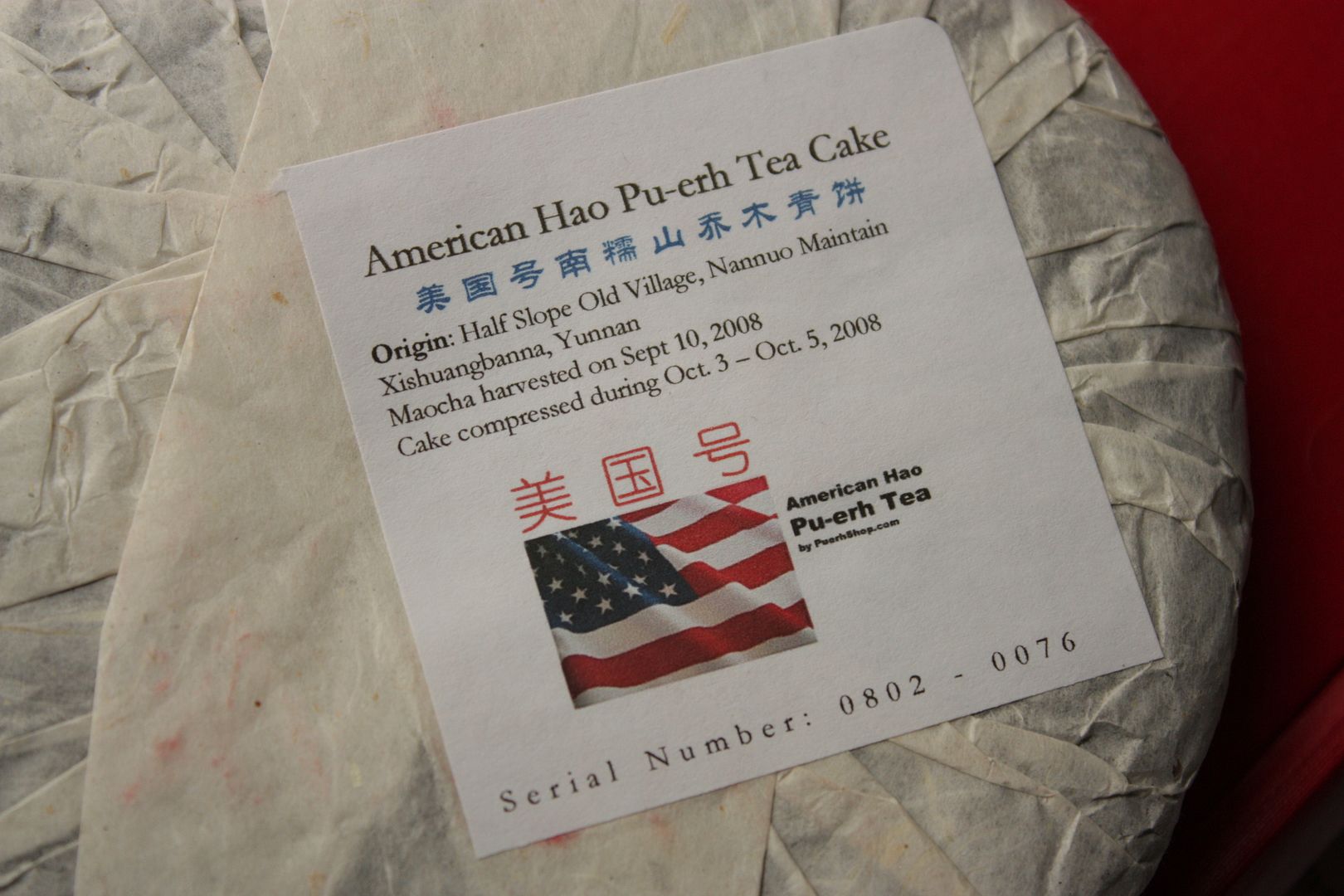
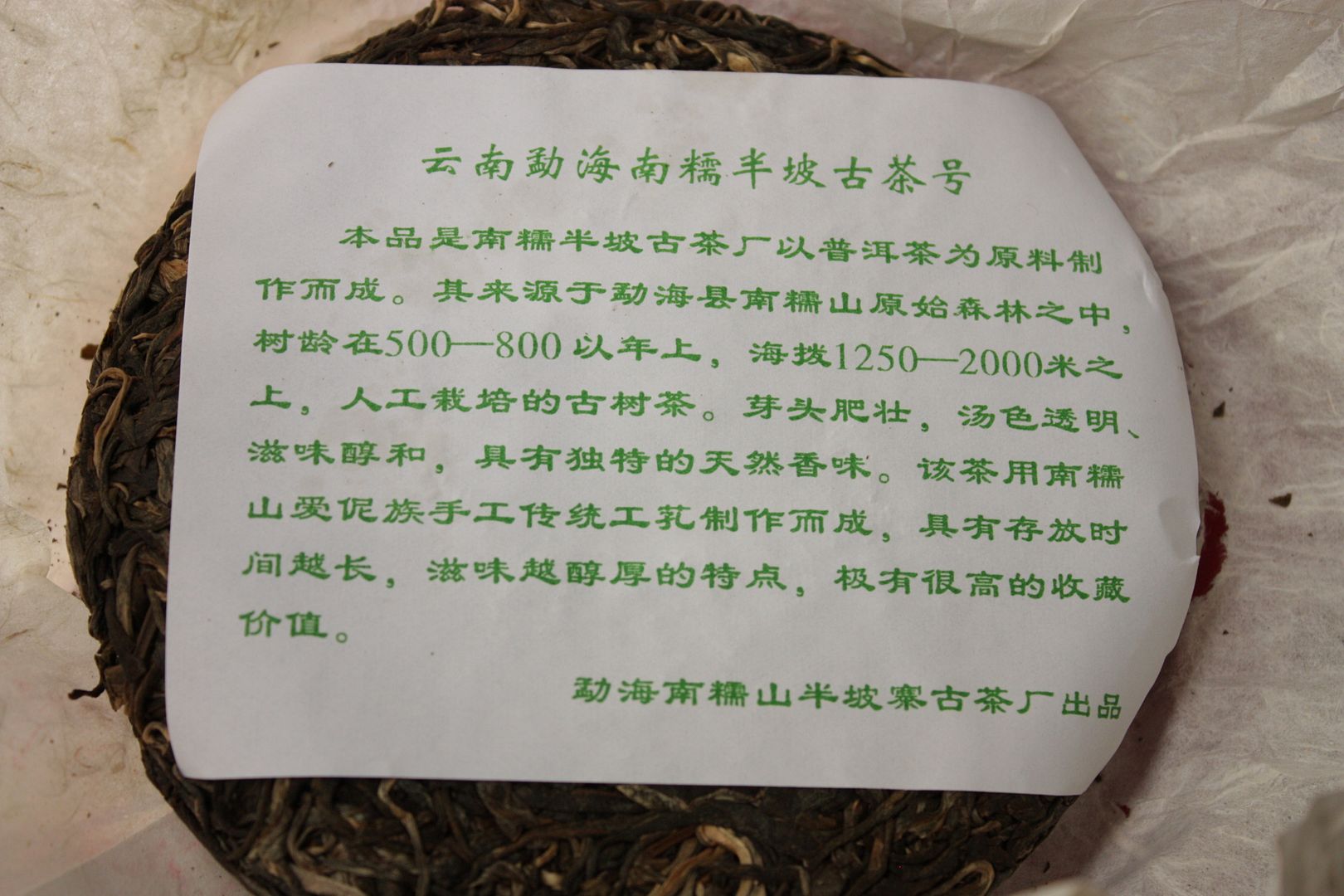
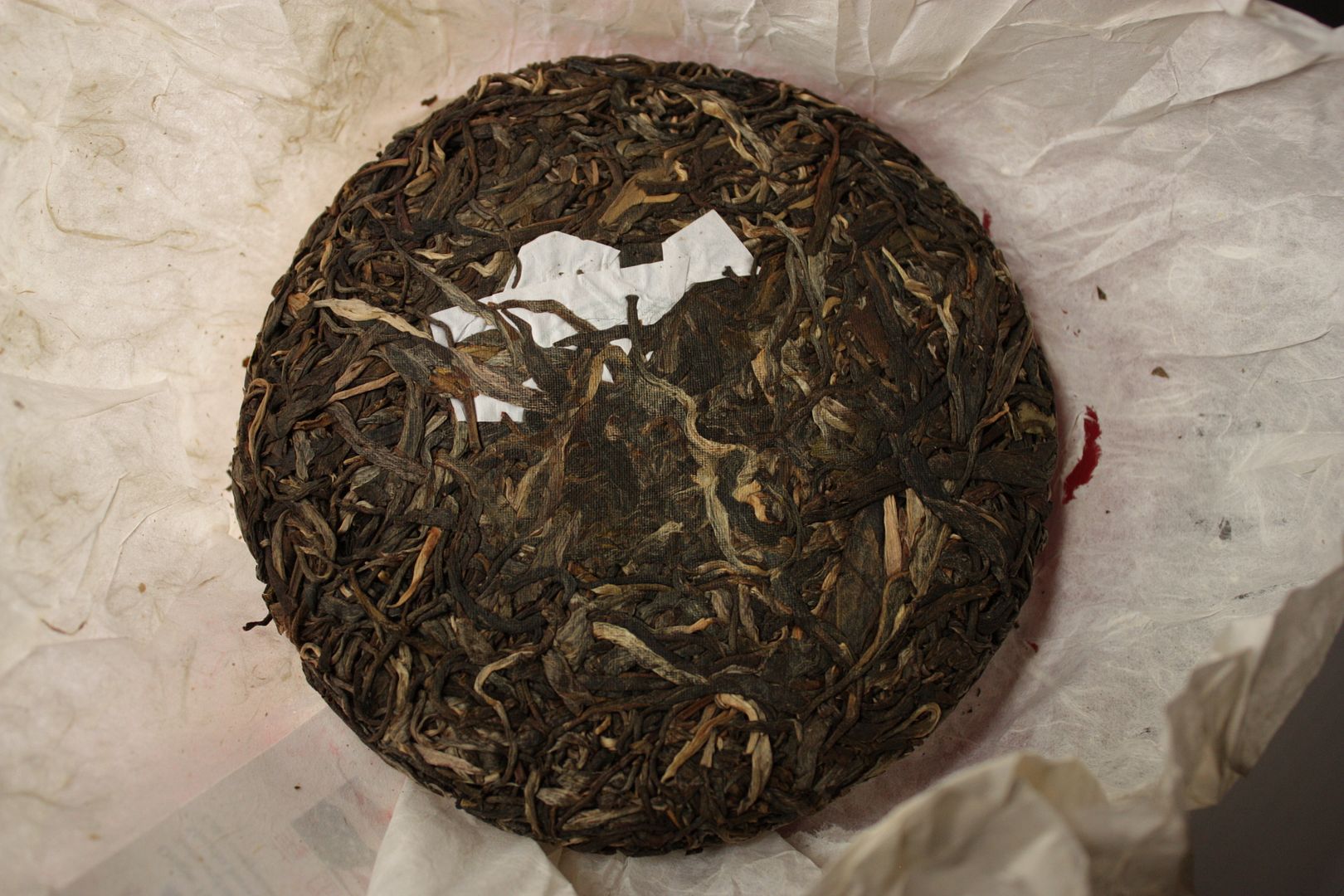
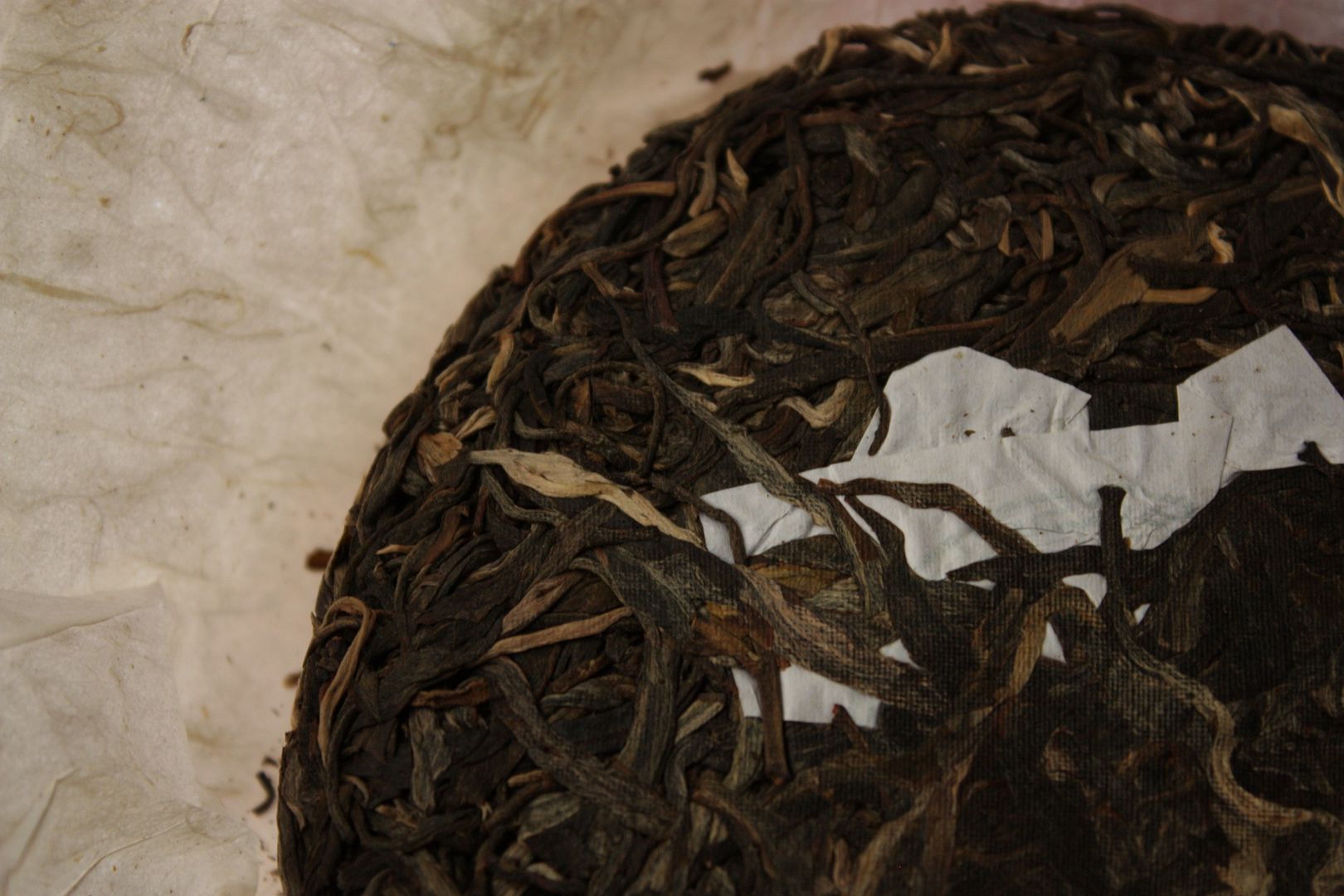
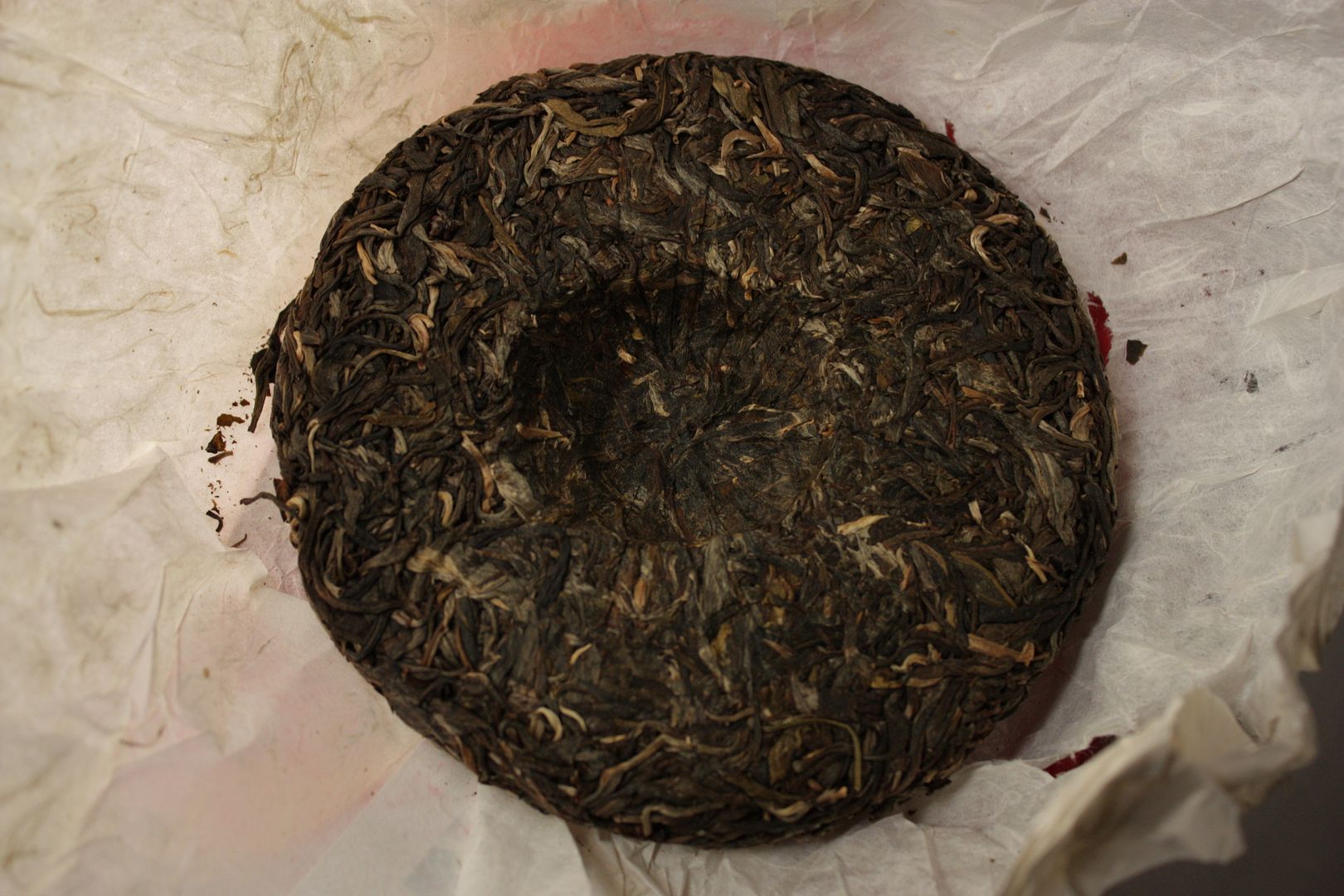
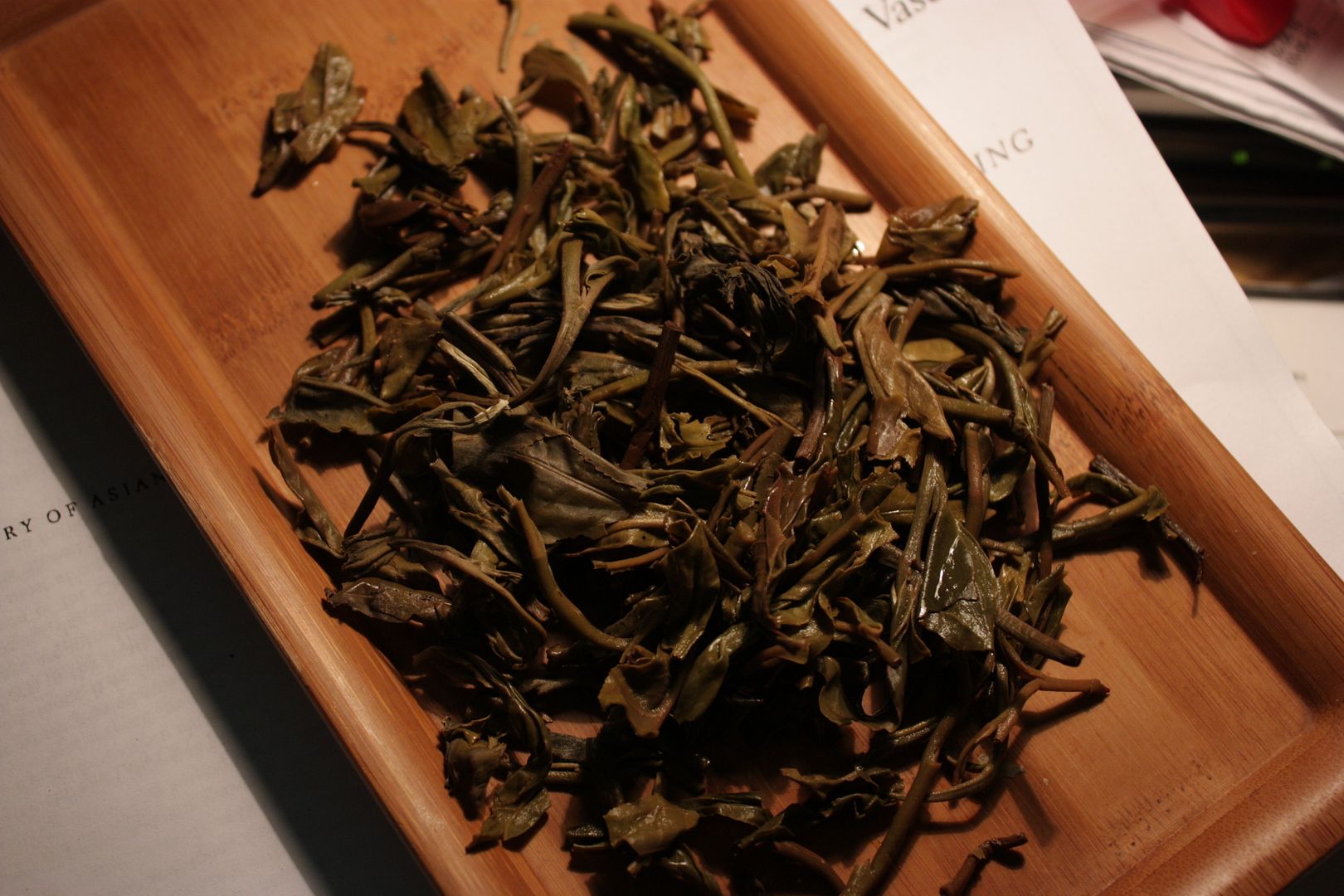
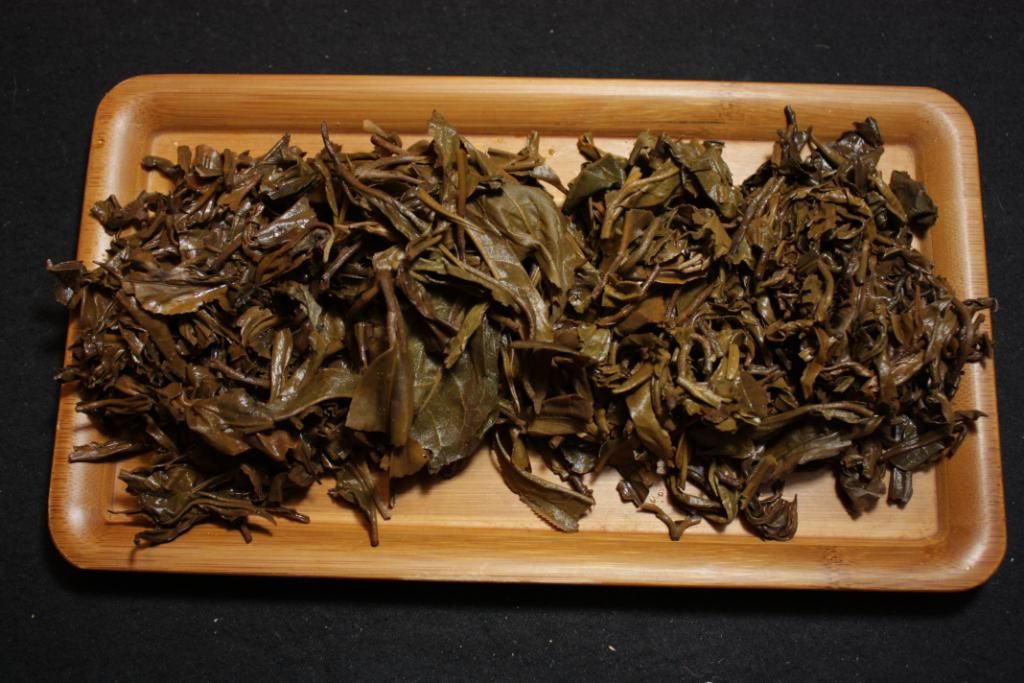
 RSS - Posts
RSS - Posts
Interesting.... would 250C in my oven work?